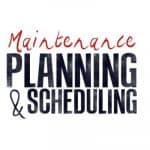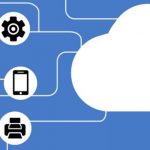
Maintenance workflow is the step-by-step process that gets initiated by some trigger event to the point where the action is closed out. For example, in a typical maintenance operation, a trigger event could be a report of faulty equipment. The step-by-step workflow process would include the generation of a maintenance order, the planning of the task, the execution of the repair and the reporting at the end of the job. Every organization has a workflow process whether it is officially documented or not; there is always a standard way to get things done. When this process is not well-defined, it can lead to frustrations on the part of employees trying to get their jobs done as well as major inefficiencies that are costly to the organization over time. In comes maintenance management software…













